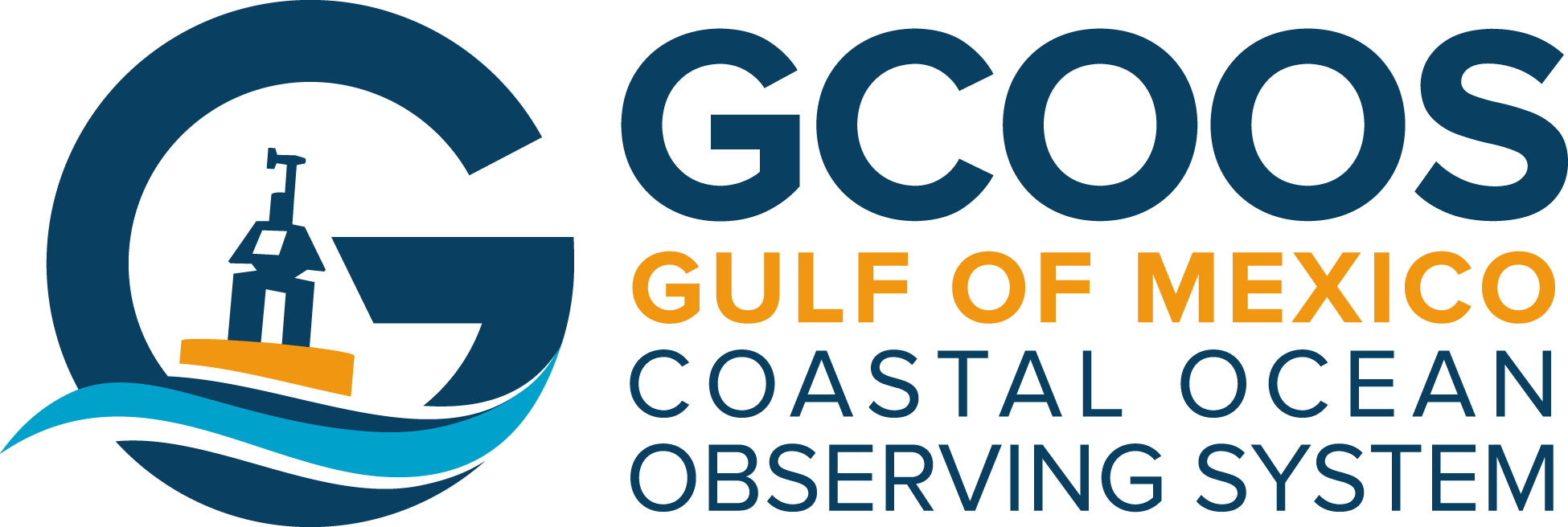Newswise — A new video released by the Gulf’s ocean observing system highlights the nonprofit organization’s mission to help protect and preserve the Gulf, keep its residents safe and highlights the need to maintain and enhance existing observation tools, bring new measurements online and to fill the largest data gaps.
The Gulf of Mexico Coastal Ocean Observing System Regional Association (GCOOS-RA) was created 10 years ago to bring together representatives from the maritime industry, governmental and nongovernmental organizations, marine scientists and resource managers to combine ocean data to provide timely information about the Gulf of Mexico. The data comes from instruments mounted on things such as buoys, autonomous underwater vehicles and even oil platforms.
Since its inception, GCOOS has helped move organizations away from collecting and keeping their own ocean data to sharing and exchanging information in real-time and near real-time. The organization helps to develop data management standards, provides an online portal where groups can stream data for widespread access and develops new information products that help make the data more readily useful to the public.
Today, the GCOOS-RA has 132 members and 16 data providers. In 2015, it developed a comprehensive Build Out Plan that addresses the need to maintain and enhance the Gulf’s observing system.
“For the last 10 years, GCOOS has been quietly expanding data collection and access to data throughout the Gulf of Mexico,” said Dr. Barbara Kirkpatrick, the organization’s Executive Director. “But it’s important that the public have a better understanding of what ocean observing systems do and why it is important to develop, maintain and expand them. That’s why we created this video.”
The four-minute video, produced by Vetted Communications, LLC, also shows how the Deepwater Horizon explosion illustrated the need for support to maintain and enhance observing capabilities in the Gulf — ideas that were highlighted in a recent report by the Ocean Conservancy. The report, Charting the Gulf: Analyzing the Gaps in Long-term Monitoring in the Gulf of Mexico, provides a comprehensive look at current monitoring programs in the Gulf and outlines critical gaps in coverage.
According to the report’s authors: “For restoration to be successful, we must continue to invest in the research and monitoring we need to better understand impacted resources and their role in the ecosystem. Targeted and sustained investments in science shed crucial light on ecosystem health and lead to new tools and better management decisions.”
“Today, as funds from the settlement are allocated, it’s important that we not only think about the need to restore and mitigate the impacts from that 2010 disaster but that we also prepare for the next disaster,” Kirkpatrick said. “The Gulf remains one of the world’s most important and productive bodies of water and we need assets in place to protect it.”
The GCOOS-RA Build Out Plan calls for expanding high-frequency radar (HFR) and autonomous underwater vehicle observations in the Gulf.
HFR is a system of transmitters and radio antenna receivers along coastlines or on oil platforms; they transmit radio signals that are relayed to the receivers after bouncing off the ocean's surface. The signals received are related to the speed and direction the currents are moving and by wave heights. Because the information comes in near-real time, it is vital for developing accurate, timely forecast models that are especially crucial during response efforts when lives, habitat and property are at risk from hurricanes and oil spills.
Autonomous underwater vehicles (AUVs), also known as gliders, are torpedo shaped, untethered instruments that use buoyancy to move up and down in the water column in a zig-zag pattern, taking in water to move down and expelling water to move up. They are equipped with radio and satellite transmitters that transmit data gathered on things like water temperature, salinity, water currents and other conditions that can reveal water quality and the effects of storms back to researchers in a laboratory.
Gliders can be outfitted with various types of instruments to detect things like harmful algal blooms and oil or other contaminants. Sensors on these platforms were tremendously valuable in locating oil below the surface during the DWH spill and in subsequent tracking of its movement following the explosion.
As provider of the Gulf's major data collection portal, GCOOS-RA echoes the need to have more tools in place to monitor the Gulf — especially offshore and at depth — along with adequate funding to maintain current operations and systems.
“Billions of dollars are being spent to study the impacts the spill had on the environment and to help restore what was damaged or lost,” Kirkpatrick said. “These studies are all very necessary and crucial for the Gulf ecosystem, but with the current level of oil and gas production in the Gulf, and more leases expected in the future in the U.S. and in Mexico, we still don't have the tools in place that will allow us to adequately respond to another spill.”
